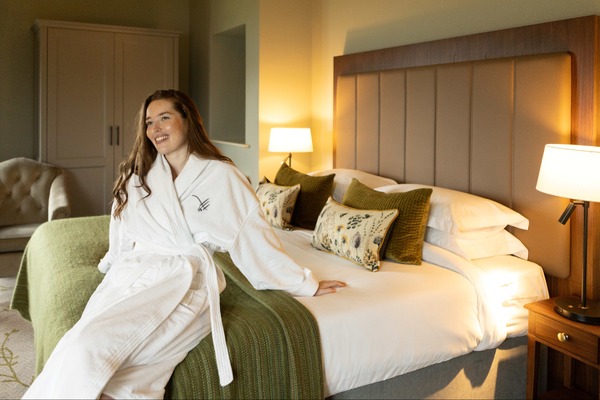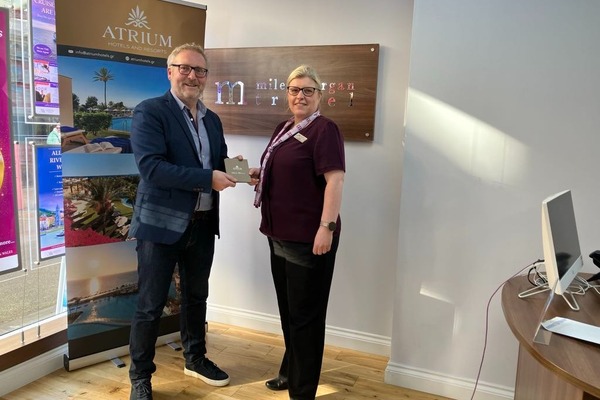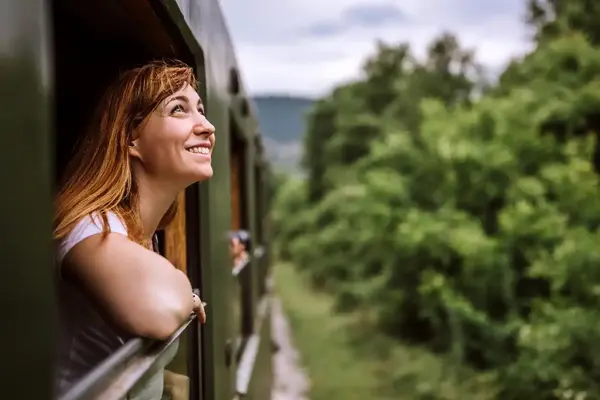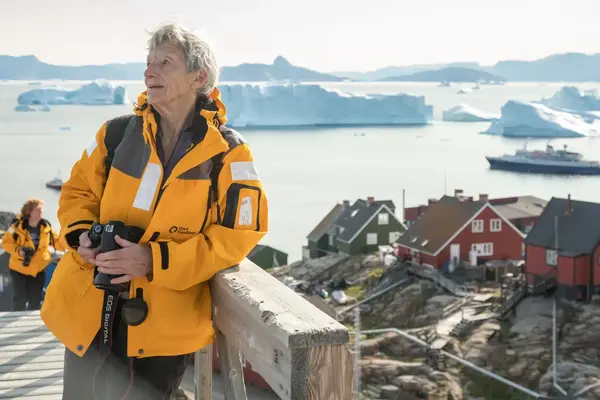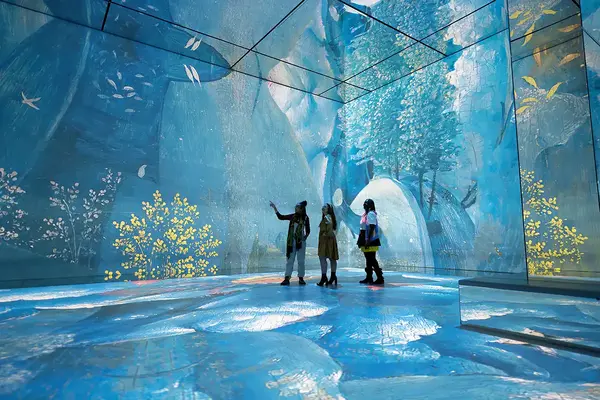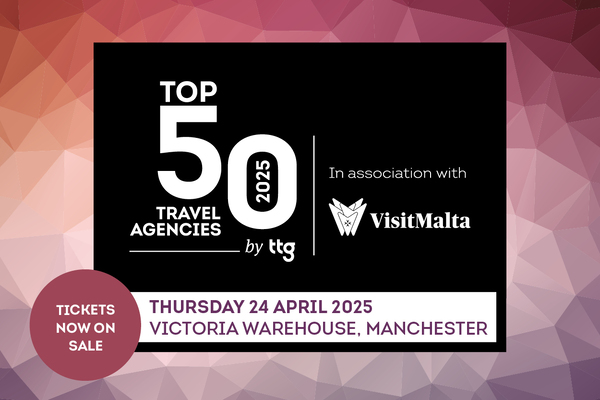What you need to know about the rapid rise of ‘slow travel’
Speaking at the TTG Luxury Travel Summit, expert Holly Tuppen explained the opportunity for brands to realise the potential of slow travel. Here she outlines how getting started is easier than you think.
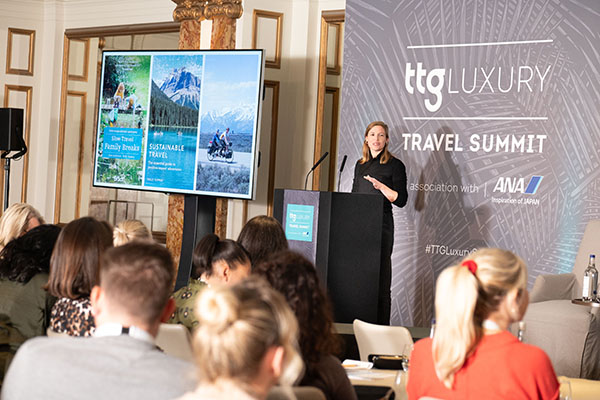
The first ’Slow’ movement grew out of Italy in the 1980s when a group of activists successfully fought against a McDonald’s due to open on the Spanish Steps in Rome. Since then, the movement has grown across 160 countries, calling on places to defend regional traditions, produce healthy food, celebrate gastronomic pleasure, and uphold a slow pace of life.
Put this in a travel context, and it’s about a journey. Slowing down and perhaps getting from A to B overland, but also embarking on a deeper and more meaningful journey with a place and people. Slower itineraries foster connection rather than destination-jumping and box-ticking. But why are we suddenly jumping on board? And how does this relate to sustainability?
It helps to zoom out and think about regenerative and sustainable principles. Bill Reed of Regenerative Principles says: “To enable life and development to continue in a sustainable way, we need a long-term interconnectedness between social, environmental, and economic systems. We need to see ourselves as part of the ecosystem”.
Travel can and must play a role. But much of our industry is no longer fit for purpose. The businesses that will survive and thrive will be the ones that adapt - moving away from extractive to restorative. It’s this interconnectedness where travel can play such a powerful role. It’s often when travelling we’re most aware of being part of a bigger ecosystem.
Going slow lends itself to this notion. It’s a kinder form of travel and I believe slow travel will help to create a more aspirational luxury product.
SLOW TRAVEL IN ACTION:
Cutting carbon: On a 200-mile trip from London to Edinburgh, taking a flight will emit 144kg carbon per person versus 29kg on a train. The gap grows in places that use renewable energy for trains, eg. Eurostar is 10 times more efficient than flying London to Paris. A small lodging is up to 75% less carbon intensive than a large hotel.
Replacing domestic flights: Intrepid like many others are working to decarbonise itineraries by removing non-essential flights from trips where viable alternatives exist. Cutting out domestic flights under 90 minutes from trips over the last two years has resulted in thousands of flights that Intrepid customers won’t be taking. They’ve switched these domestic flights with other lower carbon alternatives, like an overnight train between Cairo and Aswan in Egypt and long-distance trains in China. Intrepid are also partnering with Byway to offer customers the chance to switch flights for trains on European trips. Kuoni, Exodus and Explore are all doing the same.
Incentivising overland travel: The Good Rate at The Hoxton offers money off room rates for those travelling by train. While Wilderness Scotland has partnered with the Caledonian Sleeper service, with all guests receiving a 15% discount on the cost of a journey.
Tackling overtourism: Original Travel’s new Secret Series collection totals 40 itineraries, including 18 that are entirely new and all incorporating lesser-visited regions of popular destinations. The portfolio shines a light on areas which receive a fraction of the tourism traffic, yet still offer everything people love about the country. Slow travel specialists Inn Travel’s deep dives into regions like Emilia Romagna.
Going local: Within the luxury sector there can be fear of choosing smaller, local experiences, because clients might be pushed out of their comfort zone, but these are often the moments that are the most transformational for clients. The awe and transformational moments in a trip are always about human connection, or being in nature. As much as it’s lovely to stay in an incredible luxury resort, there’s also time and scope to step outside the resort and experience something that feels a bit truer and more authentic. We Travel is a Danish agency that specialises in providing luxury travellers with the right balance of comfort and adventure. This means mixing high end properties with those that provide something money can’t buy - connection with people and place.
Immersive experiences: Royal Scotsman, A Belmond Train is the epitome of slow luxury travel. But it’s taking things a step further with new immersive experiences that rely on partnerships. New this year, is a three-night Highland Survival Adventure journey led by former Royal Marines Sergeant and seasoned survivalist. After two days of exploring and training, guests get to rappel down a cascading waterfall to a wild swim session at the base.
How to get started on slow travel
1. Partner with experts to create slow travel add-ons.
2. Ask clients more questions to shape a more thoughtful itinerary.
3. Educate your sales teams so they can gently nudge clients.
4. Look for quick wins like replacing domestic flights with rail.
5. Drip feed slow travel messages throughout your communications.
6. Collaborate with others to overcome challenges.
